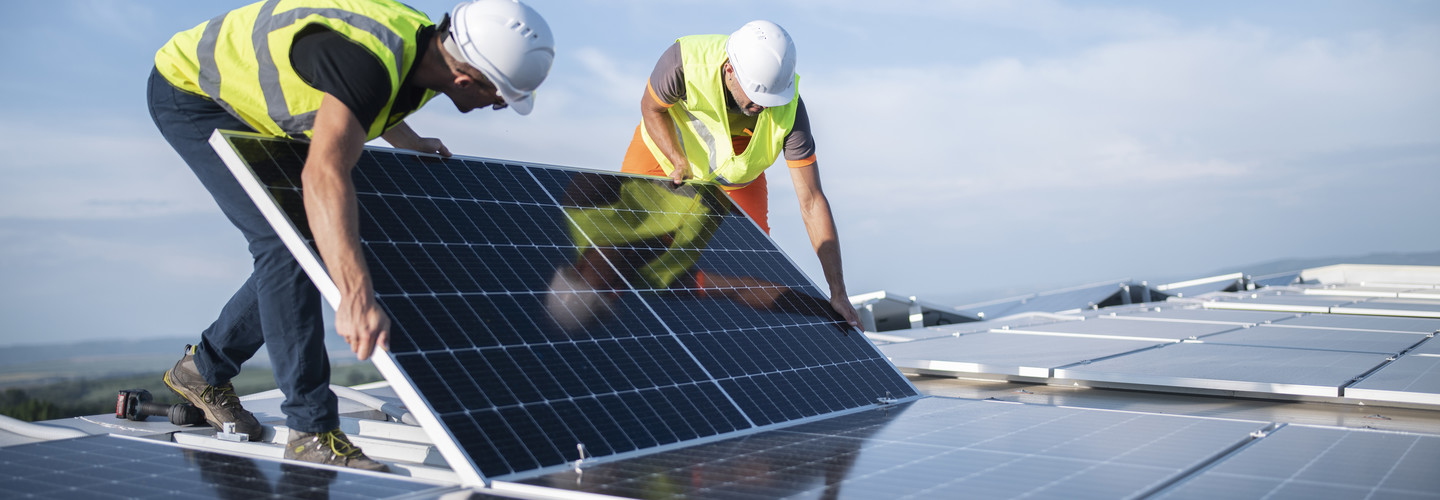2. Opt for Clean, Renewable Energy Sources
Businesses that select renewable energy sources don’t produce any carbon dioxide or fossil fuel emissions. Renewable sources include wind, water and sunlight, according to the Office of Energy Efficiency & Renewable Energy. IT leaders can also choose from hydroelectric systems and geothermal energy solutions to help fight climate change.
But the benefits of these technologies aren’t limited to the environment; using tech to harness renewable energy can lead to financial wins. A recent report by Energy Innovation notes that “99 percent of the existing U.S. coal fleet is more expensive to run compared to replacement by new solar or wind. Replacing coal plants with local wind and solar would also save enough to finance nearly 150 gigawatts of four-hour battery storage, over 60 percent of the coal fleet’s capacity, and generate $589 billion in new investment across the U.S.”
New solutions to the operations and maintenance challenges of renewable energy technologies are already helping to optimize efficiency. IBM’s Maximo Application Suite, for instance, has been shown to help increase production by 25 percent.
RELATED: Discover how technology can help stabilize the electrical grid.
3. Conserve More Energy with Smart Storage Solutions
While sustainable solutions such as smart grid systems help to mitigate excess energy production, surpluses can still occur. But excess renewable energy doesn’t have to go to waste. Lithium-ion batteries, flow batteries, pumped hydroelectric storage and compressed air energy storage all play a crucial role in storing excess renewable energy for later use, ensuring a steady power supply.
This steady power supply can help minimize power outages, enhance grid reliability and promote a more productive approach to energy consumption overall. That’s part of why grid-scale storage plays such an important role in the International Energy Agency’s Net Zero Emissions by 2050 Scenario. This scenario is a roadmap for how the global energy sector can achieve net zero carbon dioxide emissions by 2050.
DIG DEEPER: Is the Google Chrome OS paving the way to digital sustainability?
4. Regulate Data Centers with Liquid Cooling Solutions
Organizations need their data centers to run at a regulated temperature. But too often, they run hot due to energy-intensive workloads.
To address these challenges, businesses can try liquid cooling solutions, which help identify potential disruptions, prevent downtime and keep data centers running smoothly.
EXPLORE: Learn the benefits of grid modernization.
5. Prepare for Future Demand with IoT and Predictive Analytics
As detailed by Yale Climate Connections, the process of creating renewable energy is far more efficient than using traditional energy sources. But that doesn’t mean there isn’t room for improvement. The better energy and utility companies can accurately predict and monitor internal and consumer-facing needs, the more efficient they can be.
That’s why IT leaders are turning to predictive analytics and Internet of Things technologies to enable real-time monitoring of a company’s infrastructure and energy consumption. This makes it easier to manage current and future usage. Together, IoT and predictive analytics help optimize resource use, enabling organizations to get closer to a smart connectivity model so that they are as energy-efficient as possible.








